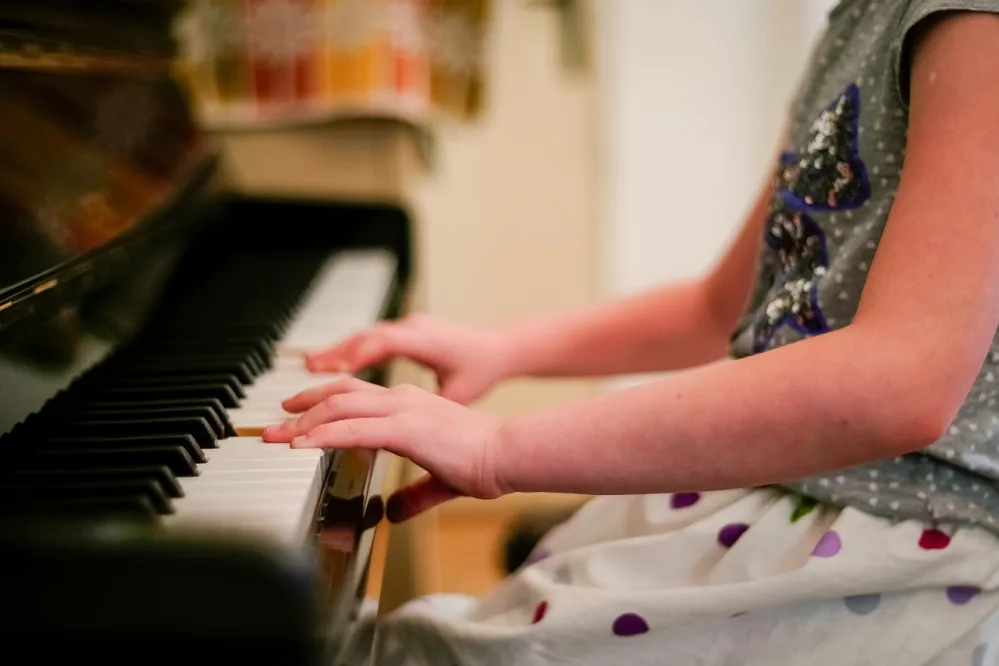As we finalise our GE2024 Manifesto Asks, we are inviting colleagues to share their views on some of our Asks for the future, and their perspectives on past progress. This month we are looking back to Joe Hallgarten’s 2008 observations on an arts entitlement, and reflections on a vision for a sustained engagement with high quality culture that could help to shape a great childhood – with children being seen as arts creators and leaders, as well as audiences and participants.
Hallgarten is currently CEO of the Centre for Education and Youth, a think and action tank and one of CLA’s partners in developing its policy work. Back in 2008, he worked on the Find Your Talent Programme, which was testing the feasibility of an ambition, expressed in the 2007 Children’s Plan that ‘all children and young people no matter where they live or what their background should have the chance to participate in at least five hours of high-quality culture a week in and out of school’. As Hallgarten observed at the time, ‘the best result for the programme may not be additional funding, but the creation of a sixth Every Child Matters outcome – be imaginative’ [in addition to being healthy, staying safe; enjoying and achieving; making a positive contribution to society, and achieving economic well-being].1
Fifteen years ago he asked everyone to ‘Imagine a generation of young people who are as familiar with a piece of clay or musical instrument as they are with a pencil or keyboard; who can read scripts and sculptures as well as they can read books; who feel as comfortable in a museum or theatre as they would in a leisure centre or chatroom; who see schools as places where they can vent their creativity; whose views about culture are always evolving, shaping what they are being offered; whose artistic talents are spotted and nurtured, and barriers to the development of their talents are systematically removed.
Now imagine the same generation as adults: taxpayers, who understand and are prepared to pay for great art. Audiences, who are willing but critical consumers of culture. Citizens, who are contributing to our cultural collateral as participants and creators; and parents, who are playing an ever-greater part in helping shape their children’s cultural experiences.
Finally, imagine a society where, through the systematic nurturing of our children’s imagination, England has avoided our industrial revolutionary ancestors’ mistakes. 150 years ago, smug in the knowledge of being the “first to industrialise”, we allowed others to overtake us. In the 21st century “creative decline” has not been allowed to occur, and we have retained our creative edge in the face of increasing global competition. Imagine a civil society where the quantity and quality of public discourse about culture is continuously improving. And imagine a community of teachers, artists and others, working in unity to sustain this transformation, constantly refreshing each other’s skills to take on this task.
To achieve the transformation our children deserve, we need not just a campaign but a coalition for culture and young people … We need to unearth demand from parents, children and young people [and] we need to communicate evidence of outcomes – that this is why people want this. Finally we need to communicate evidence of our proposition – that is how we should do this … We need the views of anyone passionate about culture and young people to help create the evidence and shape the proposition.’
Fifteen years on we have that coalition in place, in the form of the Cultural Learning Alliance, and we are once again looking at building the evidence and value narrative for our proposition. See next month’s newsletter for more information on how we are working to ensure that under a new government this vision can become a reality.
1 Every Child Matters was introduced following the death of Victoria Climbié in 2000, and introduced five key outcomes that professionals working with children and young people should strive to achieve.




